St . John of Sahagun Church
a Catholic Church which is 439 years old- founded
in 1575.
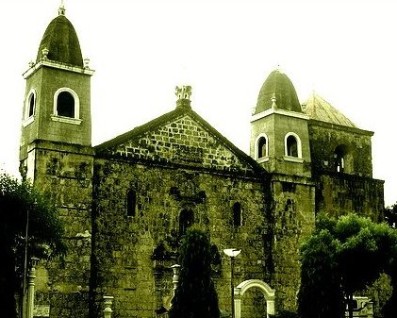 |
|
|
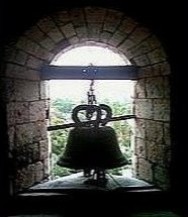 |

.png) |
|
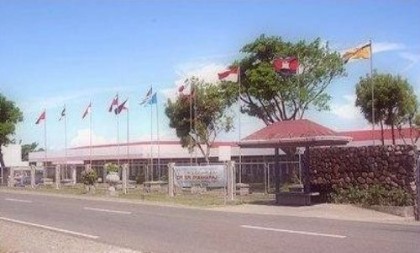 | 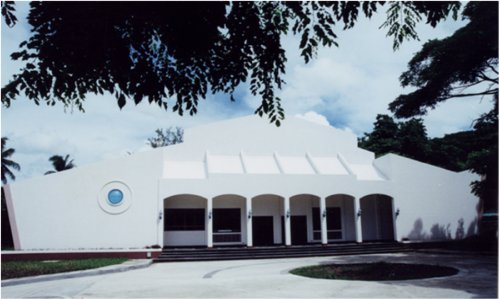 |

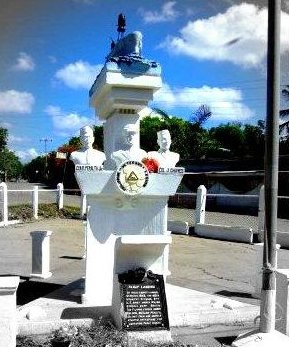 |
|

 |
Sunset by the beach A tourist enjoys sunset in one of the floating cottage that can be rented in one of the beautiful beach resorts in the Municipality of Tigbauan. Having calm waters from the month of January to June, Tigbauan is one of the favorite summer destination in the southern part of the Province of Iloilo. There are about six beach resorts in this town and all of them accomodates over-night stays ranging from P500.00-P2000.00 per room. Entrance fees are from P10.00-P20.00 per person. |

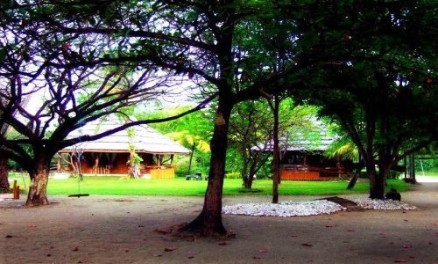 | .jpg.opt440x265o0,0s440x265.jpg) |
Sol y Mar: a Beach Resort Close to Iloilo City

.png) |
Coco Grove Beach Resort, Tigbauan Iloilo This resort is located Tigbauan proper meaning it's easy to walk to the market, plaza, church and the other amenities of Tigbauan. We have not yet stayed at this resort or eaten meals there but were impressed with how clean, and well-landscaped it is. Rates for picnic shelters are negotiable depending on the size of your party. Aircon rooms are P800 for two persons, P1,000 for four persons.
|

Tigbauan Muscavado Sugar Mill Ruins. This is a snapshot of what I have been told is a Muscavado sugar mill in Barangay Namocan, Tigbauan, Iloilo. It located on a Barangay road which leaves the National Highway near the Sol y Mar Resort and comes out at the Tigbauan-Leon highway near the Tigbauan High School. I’m told that the mill went into operation during World War II, possibly by the Japanese. The surrounding agricultural lands are now mostly rice land, but formerly were planted with sugar cane. The mill ruins are set in a very pretty grove of large Acacia trees. | 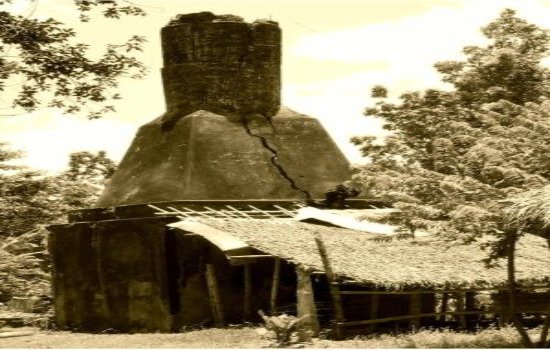 |